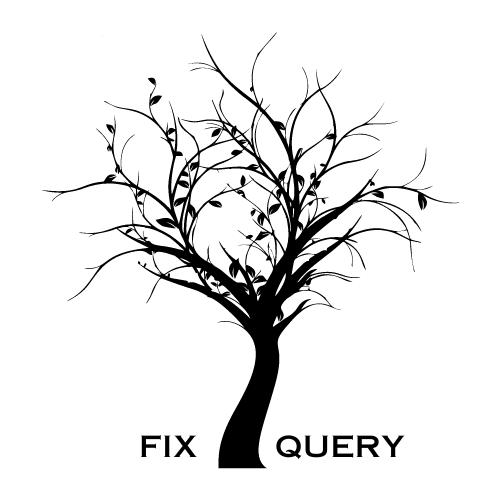Learn More About Ayushman Card, What Is Unified Health Interface, Steps, Importance, Significance, And Other More Information
India’s healthcare landscape is undergoing a significant transformation, driven by innovative initiatives like the Ayushman Bharat Digital Mission (ABDM) and its core component, the Unified Health Interface (UHI).
What Is Unified Health Interface
This article delves into these advancements, explaining how they are revolutionizing healthcare access, delivery, and overall patient experience.
What Is Unified Health Interface
Launched in 2018, Ayushman Bharat is a comprehensive government program aimed at achieving “health for all.” It comprises two key pillars:
-
Ayushman Bharat Pradhan Mantri Jan Arogya Yojana (AB-PMJAY): This pillar provides health insurance coverage to nearly 500 million low-income families, enabling them to access free medical care at designated public and private hospitals.
-
Ayushman Bharat Digital Mission (ABDM): This pillar focuses on leveraging technology to build a robust digital healthcare infrastructure. The ABDM aims to:
- Create a unified platform for managing health records.
- Facilitate seamless exchange of medical data between patients, doctors, and healthcare providers.
- Empower patients with better control over their health information.
The Role of Unified Health Interface (UHI)
The UHI acts as the backbone of the ABDM, functioning as a set of open-source APIs (Application Programming Interfaces) and protocols. These protocols establish a common language for various healthcare IT systems, applications, and devices to communicate and exchange data securely.
Think of UHI as a bridge:
- Imagine a patient visiting a doctor with fragmented medical records scattered across different hospitals and clinics.
- UHI bridges this gap, allowing doctors to access the patient’s complete medical history from various sources with the patient’s consent.
- This includes details like past diagnoses, medications, allergies, lab reports, and discharge summaries, providing a holistic view of the patient’s health.
Benefits of UHI for Patients
- Empowerment and Control: UHI empowers patients to manage their health information effectively. They can access their consolidated medical records from a single platform, fostering better informed decision-making about their health.
- Improved Continuity of Care: With a unified health record, doctors can provide more comprehensive and personalized treatment plans. They can avoid unnecessary tests by referencing past results, leading to faster diagnoses and better treatment outcomes.
- Enhanced Convenience: UHI facilitates online appointment booking, teleconsultation with doctors, and even online payment for healthcare services. This eliminates the hassle of physically visiting hospitals for routine consultations.
- Reduced Costs: UHI minimizes duplication of tests and procedures by enabling healthcare providers to leverage existing medical data. This translates to potential cost savings for both patients and the healthcare system.
Benefits of UHI for Healthcare Providers
- Improved Efficiency: UHI streamlines patient consultations by providing instant access to medical history. This allows doctors to spend more time focusing on patient care and less time gathering information.
- Reduced Errors: UHI minimizes the risk of errors arising from incomplete or inaccurate medical records. This fosters better quality care and patient safety.
- Enhanced Research Opportunities: UHI facilitates secure and anonymized data sharing for medical research purposes. This can lead to advancements in treatment protocols and improved public health outcomes.
Challenges and the Road Ahead
Despite its immense potential, UHI faces certain challenges:
- Privacy Concerns: Ensuring robust data security and patient privacy is paramount. The ABDM addresses this through strict data governance frameworks and user consent mechanisms.
- Infrastructure Development: Widespread adoption of UHI across the vast healthcare ecosystem requires investments in infrastructure and digital literacy training for healthcare providers.
- Interoperability with Existing Systems: Integrating UHI with existing legacy healthcare IT systems can be complex and time-consuming.
The government is actively working on addressing these challenges. With continued efforts, UHI has the potential to revolutionize healthcare delivery in India, making it more accessible, efficient, and patient-centered.
Conclusion
The Ayushman Bharat initiative, with UHI at its core, represents a significant leap forward in India’s healthcare journey. By creating a unified digital infrastructure, it empowers patients, improves healthcare delivery, and paves the way for a healthier future for all.
This is all about What Is Unified Health Interface
Click Here To Know More About What Is Unified Health Interface
Click Here To Know About ABDM Healthcare Professionals Registry
[What Is Unified Health Interface, What Is Unified Health Interface, What Is Unified Health Interface, What Is Unified Health Interface, What Is Unified Health Interface]
